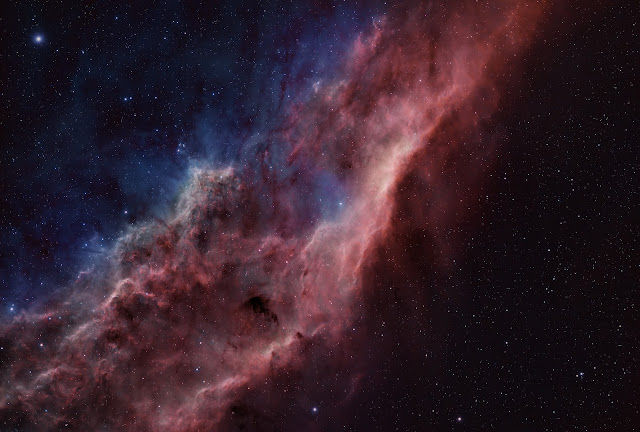Sometimes the luck just holds. Well this time anyway. If you wander back through my blog or find my post on
M95 april 2012. The avid nova watchers will remember the eruption in M95 sn2012aw. This happened just as I started at work a set of nights. We only do 2 sets a year and could not believe my misfortune in having to work when the skies were clear. Now go back a little futher to sept 2011 and sn 2011fe in M101. We were about to move and I had dismantled the observatory in preparation.
But not this time fellow bloggers. I had imaged m82 back in Oct testing out my new kit (left pic) and the wow amazing sn 2014J captured just last night 1 day after it's discovery. I am sure at this moment they are searching through Hubble archives to find the progenitor. We know already it is a type 1a and a few theories exist as to the fate of this white dwarf star.
Anyway here is my pic.
I am trying to do a blink comparison aswell. I will post it if I manage it. Any advice would be appreciated.
